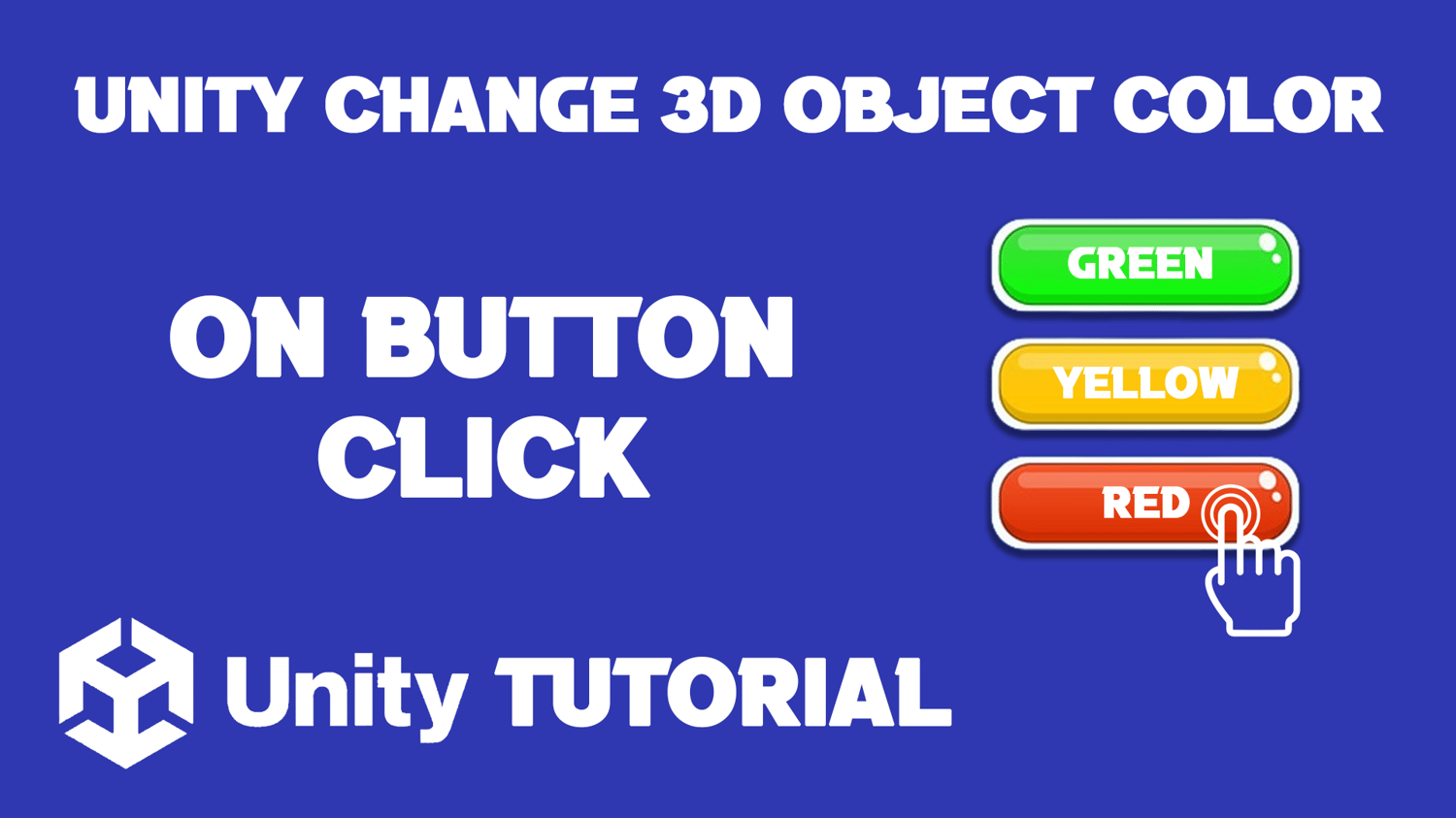Unity Change 3D Object Color On Button Click | Unity Tutorial
Unlock the power of Unity's color customization in this easy-to-follow video tutorial! Whether you're a beginner or looking to refresh your skills, we'll guide you step-by-step on how to change the color of 3D objects in Unity. Learn how to manipulate materials, adjust shader settings, and apply color changes in both the Unity Editor and through scripting. By the end of this tutorial, you'll be able to bring your 3D models to life with vibrant colors and enhance your game’s visual appeal. Don't miss out on this essential skill for any Unity developer!
=========================================================
CHECK OUT THE FULL TUTORIAL FROM HERE > Unity Change Color Of Object 3D
=========================================================


